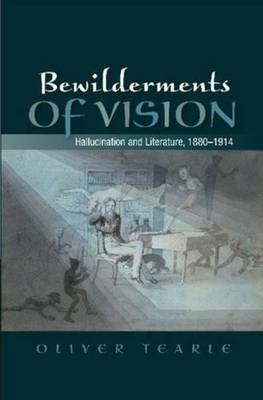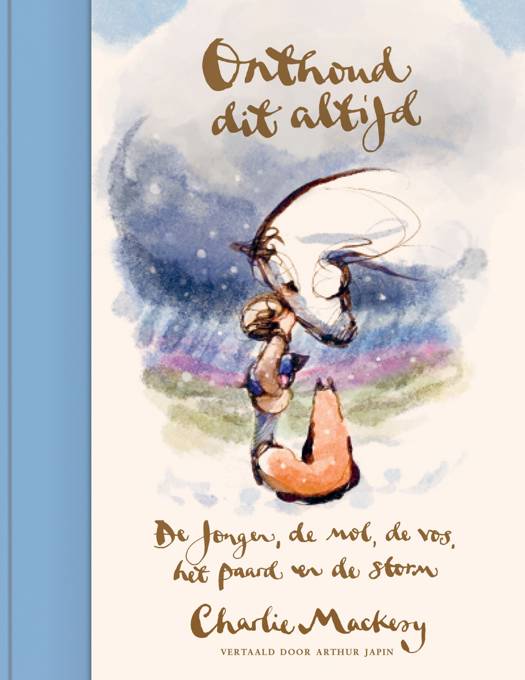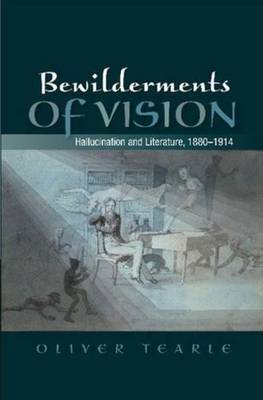
Je cadeautjes zeker op tijd in huis hebben voor de feestdagen? Kom langs in onze winkels en vind het perfecte geschenk!
- Afhalen na 1 uur in een winkel met voorraad
- Gratis thuislevering in België vanaf € 30
- Ruim aanbod met 7 miljoen producten
Je cadeautjes zeker op tijd in huis hebben voor de feestdagen? Kom langs in onze winkels en vind het perfecte geschenk!
- Afhalen na 1 uur in een winkel met voorraad
- Gratis thuislevering in België vanaf € 30
- Ruim aanbod met 7 miljoen producten
Zoeken
€ 38,45
+ 76 punten
Uitvoering
Omschrijving
According to Oscar Wilde, the primary aim of the critic is to see the object as in itself it really is not'. Through a series of close and often unusual readings, this book endeavours to develop Wilde's remark into a detailed and creative theory of reading. Or perhaps that should be misreading: for, as this experimental work of criticism negotiates its way among the works of a number of late-nineteenth-century writers, particularly Robert Louis Stevenson and Wilde himself, Tearle uncovers some of the ways in which we as readers are prone to hallucinations while reading about, of all things, the experience of hallucination. Focusing in detail on a series of neologisms from writing of the period, such as 'handconscience', 'figmentary', and 'aftersense', and moving between a number of disciplines including literature, criticism, science, psychoanalysis, and even linguistics, Bewilderments of Vision endeavours to answer a number of questions, ranging from the urgent to the downright bizarre: What is the link between hallucination and social conscience in writing of the late-nineteenth century? Is there such a thing as textual hallucination? Why does the author of this book see a 'snake' that is not there when he 'reads' Jekyll and Hyde?
Specificaties
Betrokkenen
- Auteur(s):
- Uitgeverij:
Inhoud
- Aantal bladzijden:
- 256
- Taal:
- Engels
Eigenschappen
- Productcode (EAN):
- 9781845196776
- Verschijningsdatum:
- 1/06/2014
- Uitvoering:
- Paperback
- Formaat:
- Trade paperback (VS)
- Afmetingen:
- 152 mm x 226 mm
- Gewicht:
- 317 g

Alleen bij Standaard Boekhandel
+ 76 punten op je klantenkaart van Standaard Boekhandel
Beoordelingen
We publiceren alleen reviews die voldoen aan de voorwaarden voor reviews. Bekijk onze voorwaarden voor reviews.









